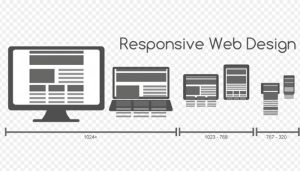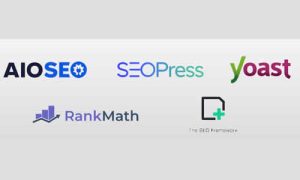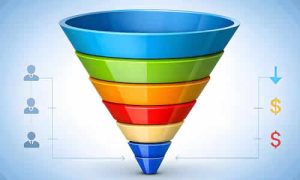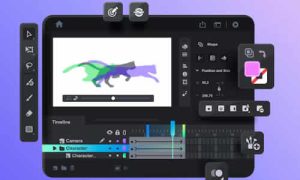Market research is a vital tool for businesses looking to better understand their audience, identify opportunities, and stay competitive. With the advancement of technology, conducting online market research has become more accessible and efficient. Let’s analyze how you can carry out effective market research using digital resources.
Define Your Objectives
Before starting any research, it’s essential to define clear objectives. Ask yourself: what do you want to discover? Whether it’s understanding consumer behavior, identifying industry trends, or evaluating the competition, having a well-defined focus will guide the entire process. This not only saves time but also ensures you collect relevant data.
Use Online Research Tools
With the variety of tools available, conducting online research has never been easier. Platforms like Google Forms, SurveyMonkey, and Typeform allow you to create customized surveys and collect responses quickly. Additionally, these tools offer analytical features that help interpret the data collected.
Social media is another option, which can be used to conduct polls and gather opinions interactively. This not only increases engagement but also provides valuable insights into what your audience thinks.
Analyze the Competition
Observing the competition is an essential part of market research. Use tools like SEMrush or Ahrefs to analyze the performance of competitor websites. This includes checking which keywords they are using, which content performs best, and how they are positioning themselves in the market.
Also, pay attention to interactions on competitors’ social media. What are customers commenting on? What are the most common complaints? This information can help identify gaps that your business can fill.
Collect and Analyze Demographic Data
Understanding who your target audience is fundamental. Use analytical tools like Google Analytics to collect demographic data about your website visitors. Information such as age, location, and interests helps shape marketing and communication strategies, making them more targeted and effective.
Additionally, consider segmenting your audience. This allows you to tailor your messages and products to the specific needs of different groups, increasing relevance and impact.
Conduct Interviews and Focus Groups
While digital tools are essential, do not underestimate the value of personal interactions. Conducting interviews or focus groups, even virtually, can provide deep insights into consumer perceptions and feelings. This type of interaction allows for the exploration of themes that surveys may not capture.
Prepare open-ended questions that encourage deeper discussions. This can reveal nuances about consumer behavior that may not be evident in quantitative data.
Evaluate Results and Adjust Your Strategies
After collecting and analyzing the data, the next step is to evaluate the results. What do the findings indicate about your market? What opportunities have been identified? Use these insights to adjust your marketing strategies, product development, and customer service.
Remember that market research is not a one-time event but an ongoing process. Regularly monitor changes in the market and consumer behavior to keep your business adaptable and relevant.















